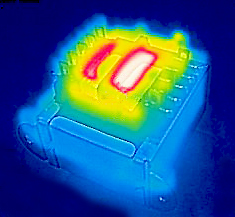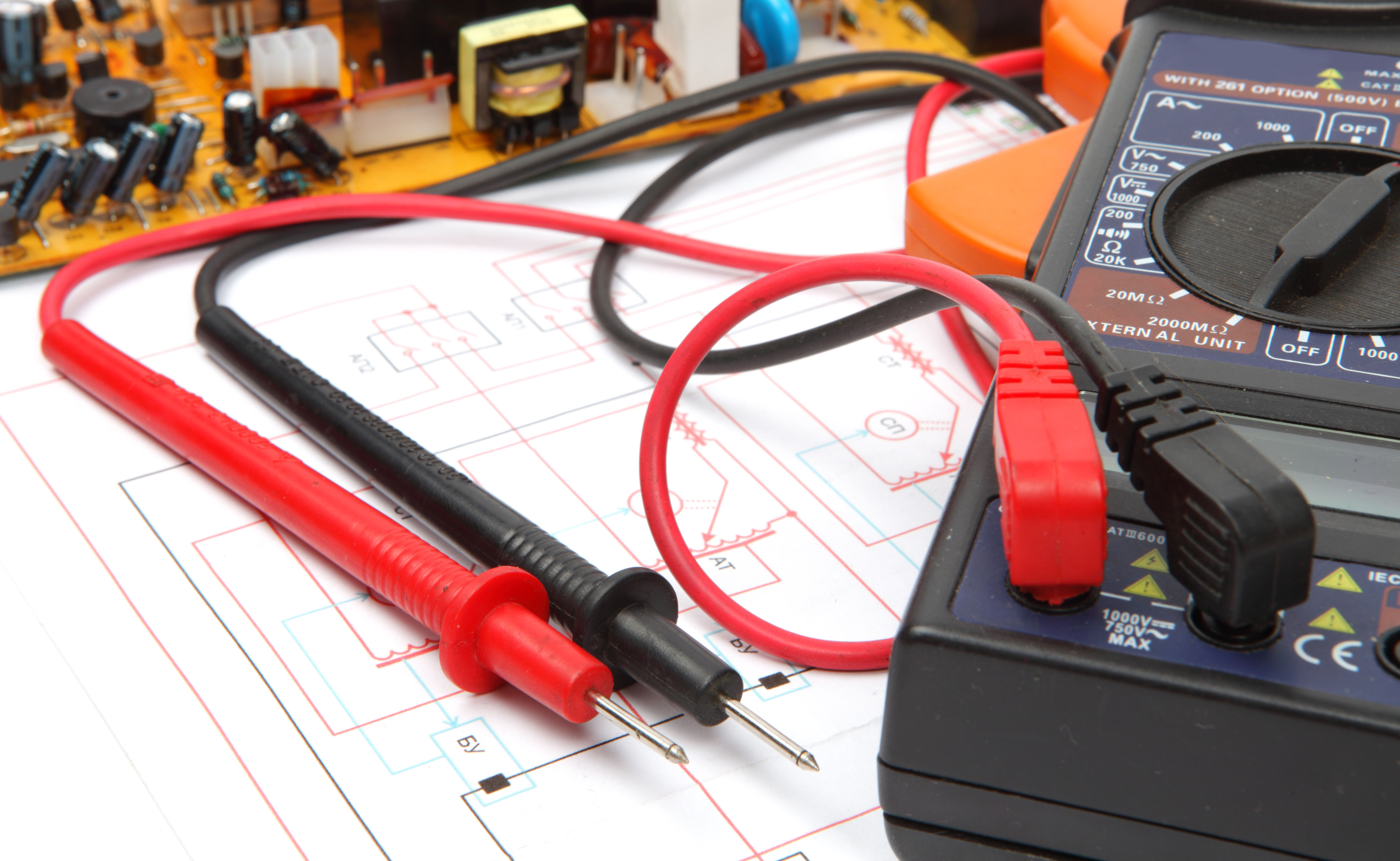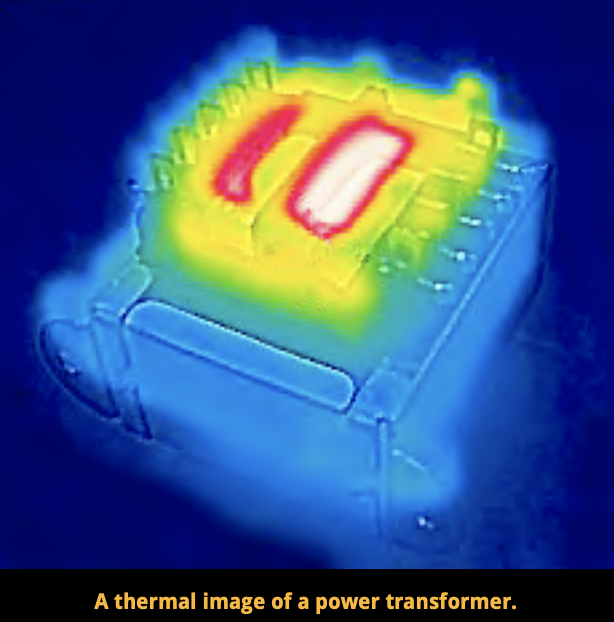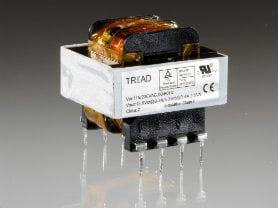All electrical devices produce heat as an operational byproduct. In transformers, normal operation causes an internal temperature increase or temperature rise. When the transformer is at its nameplate rating, the transformer temperature rise is the average temperature increase of the windings above the ambient temperature. This increase in temperature has the potential to shorten the [...]
Basics of Inductors
Inductors are used across many industries to store energy, regulate the flow of current, and create impedance. Circuits require different types of inductors as well as core and winding styles to perform optimally in a given application. Understanding inductor properties is the best way to determine which materials and shapes are best suited for your custom needs. This blog post will discuss the [...]
Transformers and Inductors for Electric Vehicles and Charging
Electric cars are increasingly becoming popular due to their efficiency and smart features. Improved safety capabilities, such as autonomous driving and advanced driver-assisted systems, are fueling the demand for higher quantities of increasingly complex onboard electronic control units (ECUs). To function optimally, these circuits require automotive inductors and transformers with unique [...]
Impedance vs DCR: What Is The Difference?
Impedance and resistance are similar ideas that both represent how a component fights against the flow of current. Since they both use ohms as units, there can often be some confusion about their differences. In general, DCR, or DC resistance, is a value that represents the amount of resistance any circuit or device can offer when a DC signal of 0 Hz passes through it, while impedance describes [...]
UL Listed vs. UL Recognized: What's the Difference?
Underwriters Laboratories (UL) is a globally recognized standards company that works to establish safety guidelines and industry standards for the design, production, and marketing of a wide variety of products and components worldwide, with a particular focus on products manufactured and disseminated in North America. UL is dedicated to the development of more secure and sustainable products [...]
How Losses Affect Your Transformers’ Performance
Transformers experience losses due to the electrical current flowing through the coils and the alternating magnetic field in the core. The losses associated with the coils are known as conduction losses, while the losses arising in the core are referred to as core losses. Conduction losses occur due to the resistance of the coil wire, causing some of the electrical energy to convert into heat [...]
An Introduction to Impedance Matching Transformers
In order to keep your audio equipment running smoothly, avoid unplanned downtime, and properly maintain equipment, you need to first ensure that your electrical systems are in check and free of common problems. Electrical impedance, in particular, can hinder the performance of your equipment and cause major, system wide issues.
UL Certification Vs. ETL Certification
Some companies boast their UL listing while others hold up their ETL listing. Yet others, such as Triad Magnetics, carry both UL and ETL certification, varying depending on the particular products.
What Are Electrical Transformers?
Transformers are electrical devices with the capacity to change the voltage level of an alternating current (AC) in a circuit. They function only with AC circuits, not with direct current (DC) circuits. The basic components of a transformer are two separate coils of wire wound around a single core. The coil connected to the incoming or voltage source is the primary coil, the coil connected to [...]
Isolation Transformers for Medical Applications
Managing power for hospital equipment and devices is critical for the continued care and well-being of patients. Essential equipment should be isolated from the power source to protect it from disruption or interference. Most hospitals require that diagnostic and therapeutic equipment used in any medical applications be fully isolated with medical-grade electrical components called isolation [...]















